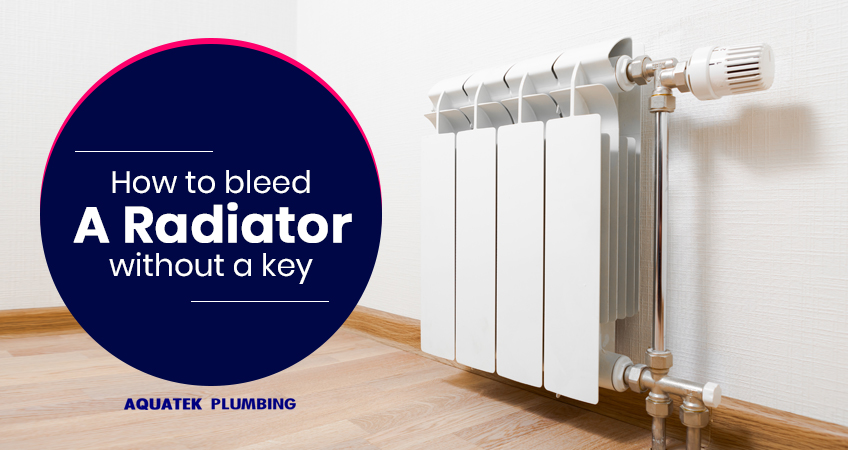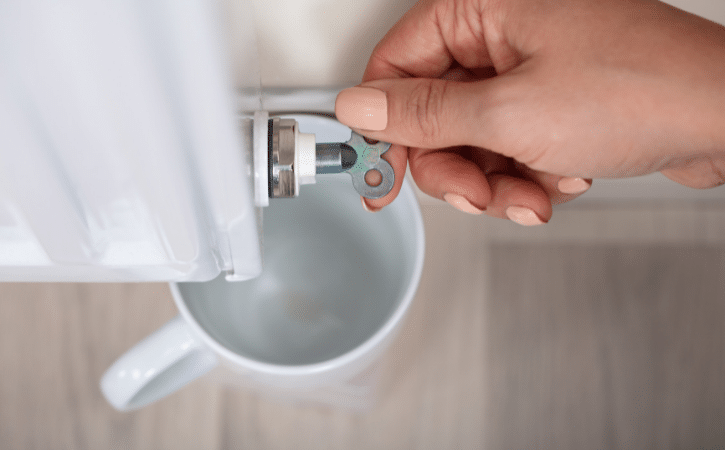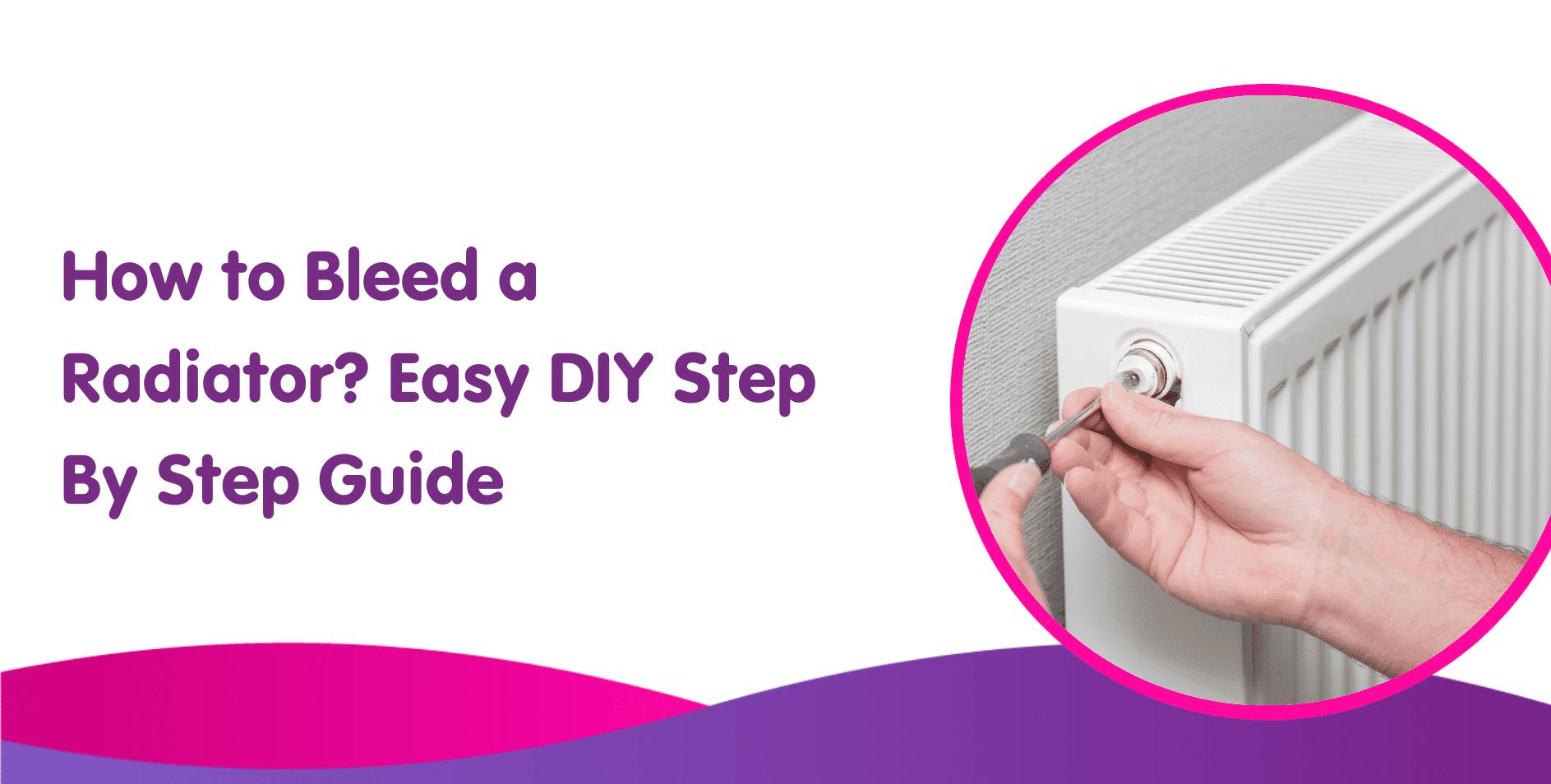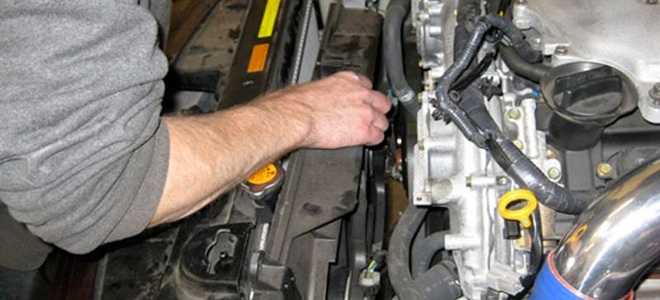How To Bleed A Radiator Without Key
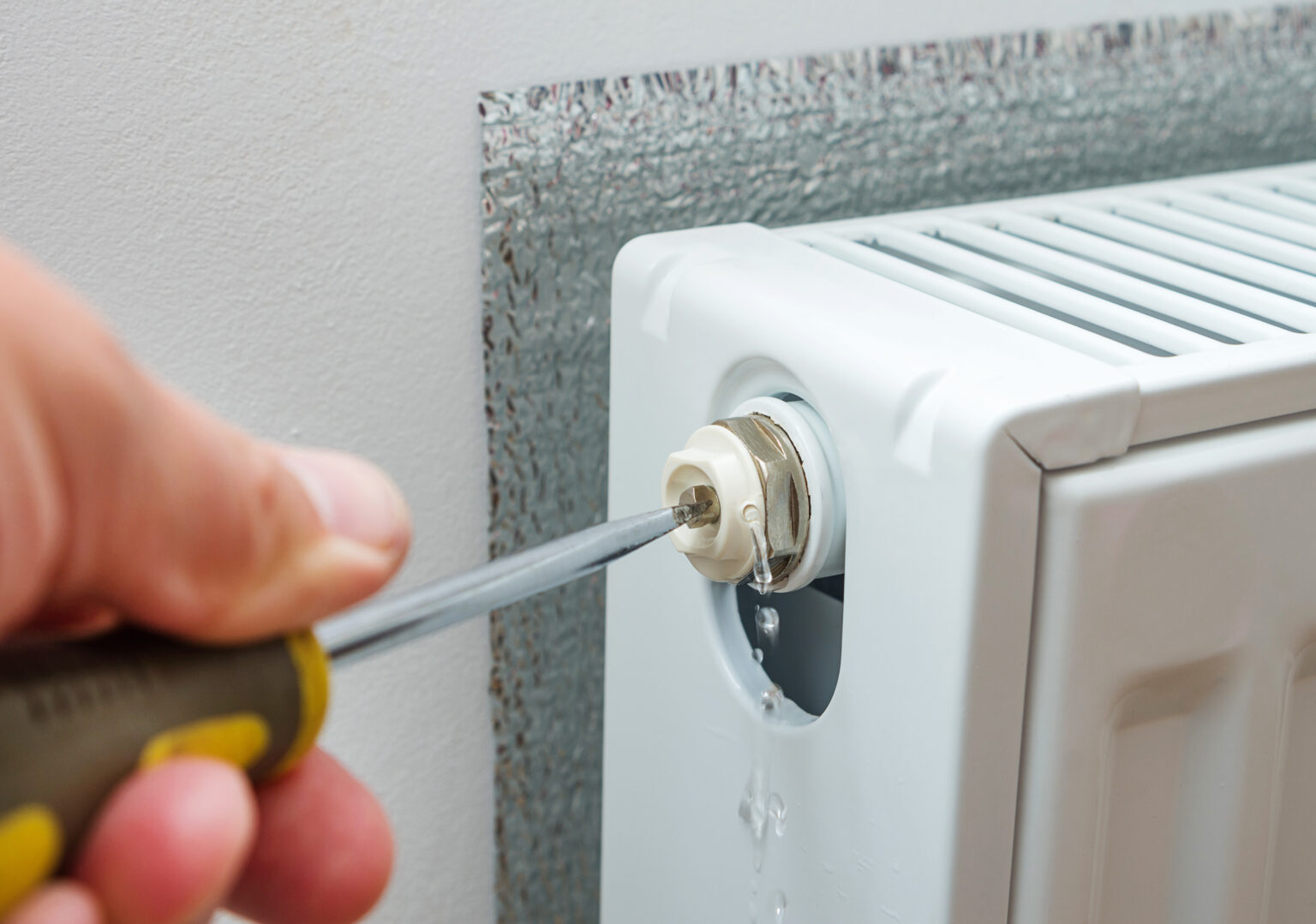
Radiators are a time-tested heating solution, offering consistent warmth, especially in older homes and buildings. However, trapped air can significantly hinder their efficiency, leading to uneven heating and inflated energy bills. While radiator keys are the standard tool for bleeding air, losing or misplacing one doesn't mean you're stuck with a cold room and a higher utility bill. This article will guide you through alternative methods for bleeding your radiators, maximizing their efficiency, and ultimately, saving you money.
Understanding the Need to Bleed Radiators
Air accumulates in radiators over time, often due to the natural process of water circulation and minor leaks. This trapped air prevents hot water from fully occupying the radiator, reducing its surface area for heat transfer. The result is a radiator that's cold at the top and warm at the bottom, forcing your heating system to work harder and consume more energy to reach the desired temperature. Regularly bleeding your radiators is a simple yet effective maintenance task that can significantly improve your heating system's performance.
Alternative Tools for Bleeding Radiators
Fortunately, several readily available tools can substitute for a radiator key. Before attempting any of these methods, ensure your heating system is turned off and the radiators have cooled down to avoid burns.
Flathead Screwdriver
Many radiator bleed valves have a small slot designed to accommodate a flathead screwdriver. Gently insert the screwdriver into the slot and turn it counterclockwise. Listen for a hissing sound, which indicates air is escaping. Have a cloth or small container ready to catch any water that may spurt out.
Small Pliers or Wrenches
If the bleed valve has a square or hexagonal shape, small pliers or an adjustable wrench can be used. Grip the valve firmly and turn it counterclockwise. Again, be prepared for escaping air and water.
Specialized Bleeding Tools
While not exactly a 'without a key' option, a universal radiator key set is a worthwhile investment. These sets contain multiple key sizes and shapes, ensuring you'll have the right tool for various radiator valve types. They are readily available at most hardware stores and are relatively inexpensive.
Improvisation: Coin or Butter Knife
In a pinch, a sturdy coin (like a quarter) or a dull butter knife might work if the valve slot is appropriately sized. Exercise extreme caution when using these methods, as they may not provide a secure grip and could potentially damage the valve.
Step-by-Step Guide to Bleeding a Radiator Without a Key
- Preparation is Key: Turn off your heating system and allow the radiators to cool completely. This prevents scalding and pressure buildup.
- Locate the Bleed Valve: This is usually a small valve located at the top corner of the radiator.
- Protect the Surrounding Area: Place a cloth or container beneath the bleed valve to catch any water that escapes.
- Insert Your Chosen Tool: Carefully insert your flathead screwdriver, pliers, or other chosen tool into the valve.
- Turn the Valve Slowly: Turn the valve counterclockwise very gently. You should hear a hissing sound as air escapes.
- Wait for Water: Once all the air is out, water will begin to trickle or spurt out. Close the valve immediately.
- Repeat if Necessary: If air continues to escape, repeat the process until only water comes out.
- Check the System Pressure: After bleeding all your radiators, check the pressure gauge on your boiler. If the pressure is too low, you may need to add water to the system. Consult your boiler's manual for instructions.
Optimizing Your Heating System for Energy Efficiency
Bleeding your radiators is just one step towards maximizing your heating system's efficiency. Consider these additional measures to lower your energy bills and create a more comfortable home:
Insulation
Proper insulation is crucial for preventing heat loss. Ensure your home is adequately insulated in the attic, walls, and floors. According to the U.S. Department of Energy, proper insulation can save you up to 15% on your heating and cooling costs.
Sealing Air Leaks
Seal any air leaks around windows, doors, and other openings. Use caulk or weather stripping to prevent drafts and minimize heat loss. Energy Star recommends sealing air leaks as a cost-effective way to improve energy efficiency.
Thermostat Optimization
Program your thermostat to lower the temperature when you're asleep or away from home. A programmable thermostat can automatically adjust the temperature based on your schedule, saving you energy without sacrificing comfort. Smart thermostats, like Nest or Ecobee, offer even greater control and energy savings.
Professional HVAC Maintenance
Schedule regular maintenance checks with a qualified HVAC technician. A professional can identify and address potential problems before they escalate, ensuring your heating system operates at peak efficiency. A well-maintained system also has a longer lifespan, saving you money in the long run.
Radiator Reflectors
Install radiator reflectors behind your radiators to direct heat back into the room, preventing it from being absorbed by the walls. These reflectors are inexpensive and easy to install, and can improve the efficiency of your radiators by up to 10%.
Smart HVAC Integration
Integrating your radiator system with smart home technology can offer significant energy savings. Smart thermostats learn your heating preferences and automatically adjust the temperature to optimize comfort and efficiency. Some smart thermostats can even detect when windows or doors are open and automatically turn off the heating in that zone. Companies like Honeywell and Tado offer smart radiator valves that allow you to control the temperature of individual radiators from your smartphone.
ROI and Energy Savings
The return on investment (ROI) for bleeding radiators and implementing other energy-efficiency measures can be substantial. The cost of bleeding radiators is minimal, requiring only a few minutes of your time and perhaps a small investment in a radiator key set. The savings, however, can be significant. A properly functioning heating system can reduce your energy consumption by up to 20%, translating to hundreds of dollars in savings per year.
Investing in insulation, sealing air leaks, and upgrading to a smart thermostat can also yield significant returns. The initial investment may be higher, but the long-term savings on your energy bills will more than offset the cost. Many utility companies and government agencies offer rebates and incentives for energy-efficient upgrades, further reducing the cost of these improvements.
Government Guidelines and Rebates
Several government programs and guidelines promote energy efficiency. Energy Star is a government-backed program that provides certifications for energy-efficient products and homes. Look for the Energy Star label when purchasing new appliances or heating equipment. The U.S. Department of Energy also offers resources and information on energy-saving tips and rebates.
Many states and local governments offer rebates and tax credits for energy-efficient upgrades. Check with your local utility company or energy office to see what programs are available in your area. These rebates can significantly reduce the cost of upgrading your heating system and implementing other energy-efficiency measures.
Conclusion
Bleeding radiators is a simple yet crucial task for maintaining a comfortable and energy-efficient home. While a radiator key is the standard tool, alternative methods can be used when a key is not available. By following the steps outlined in this article, you can easily bleed your radiators and maximize their efficiency. Combine this with other energy-saving measures, such as insulation, sealing air leaks, and upgrading to a smart thermostat, and you can significantly lower your energy bills and create a more comfortable and sustainable living environment. Furthermore, HVAC contractors offering these solutions can demonstrably increase home value and reduce operational expenses for their clients, providing a compelling sales proposition.
